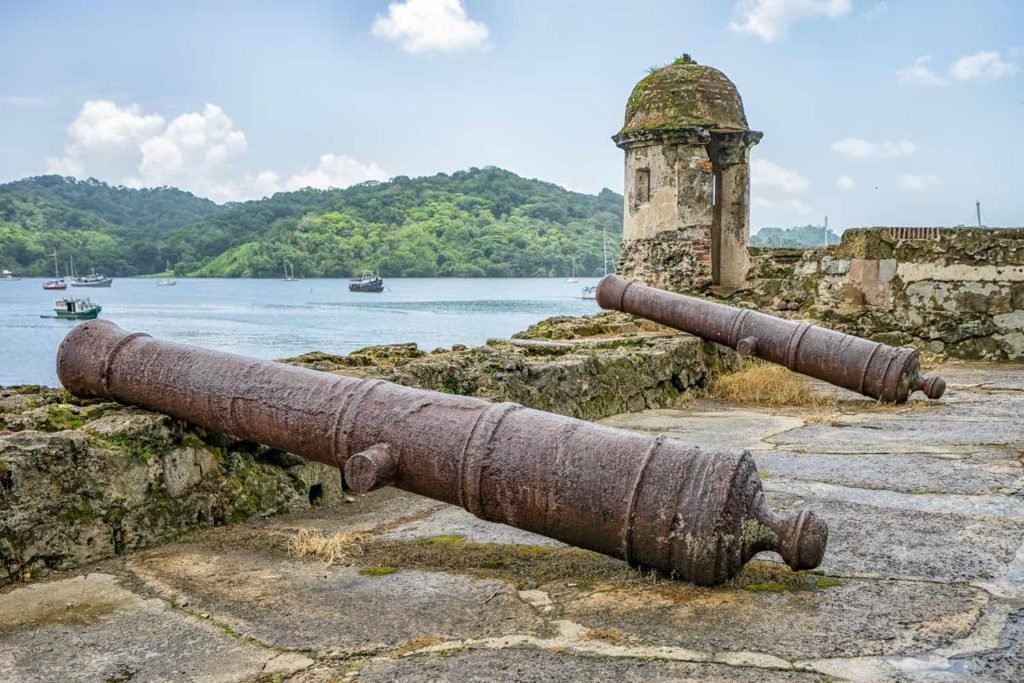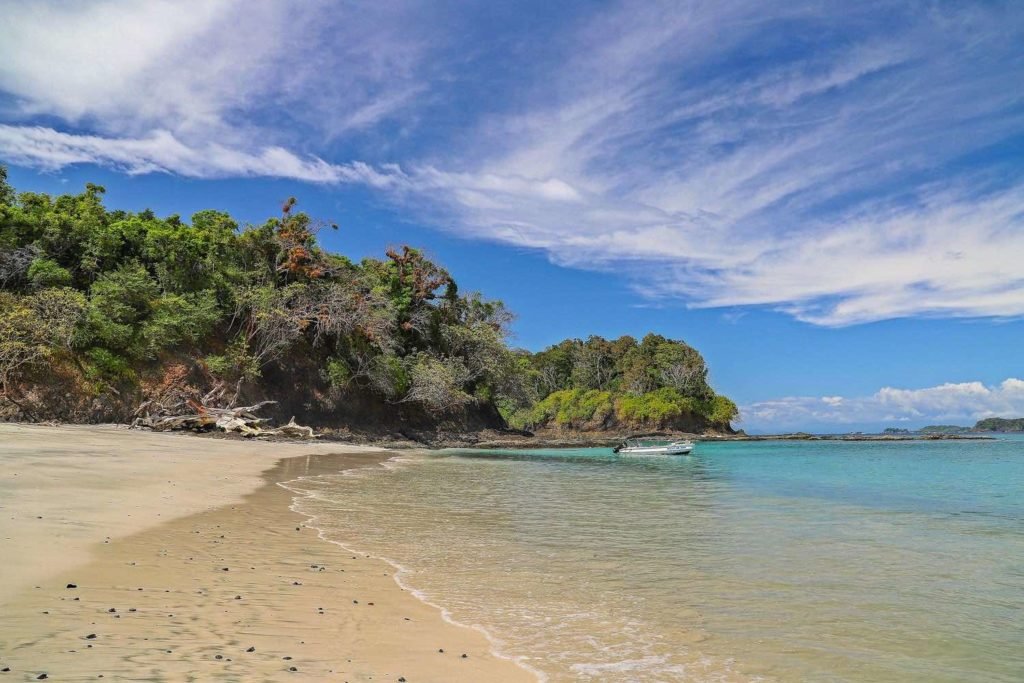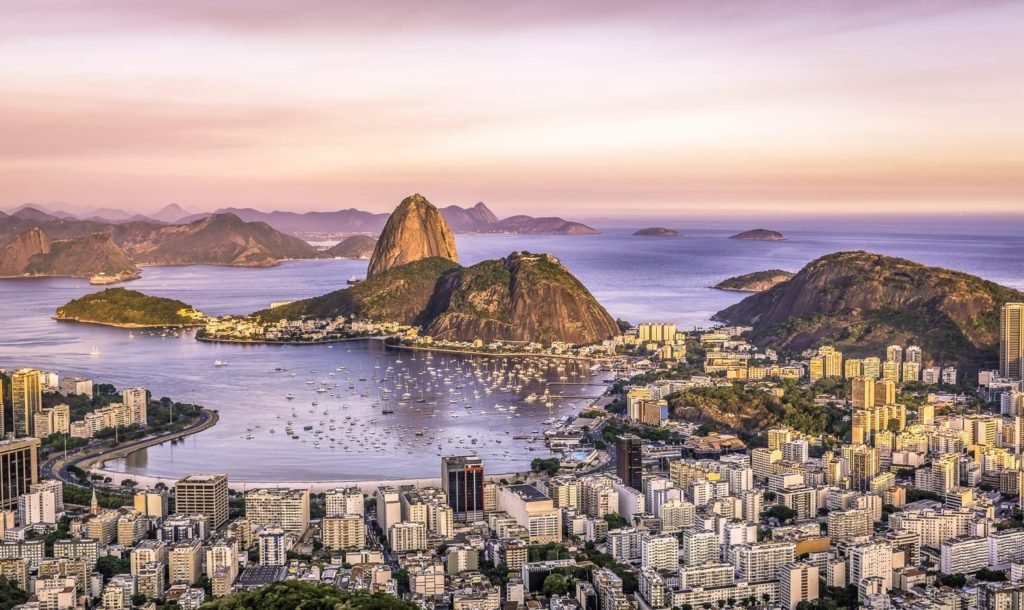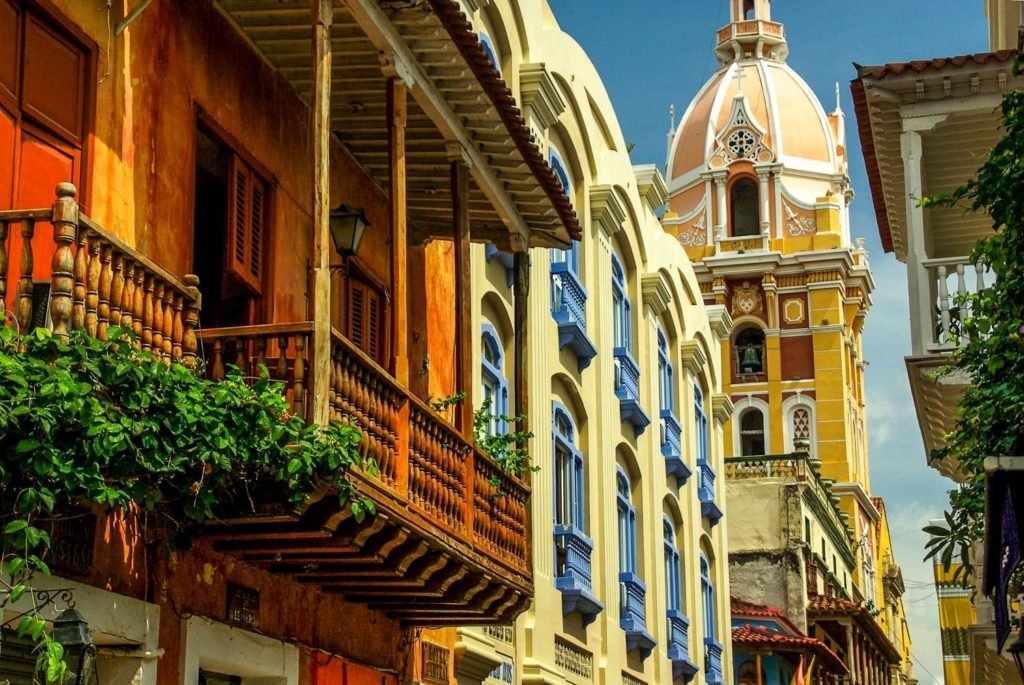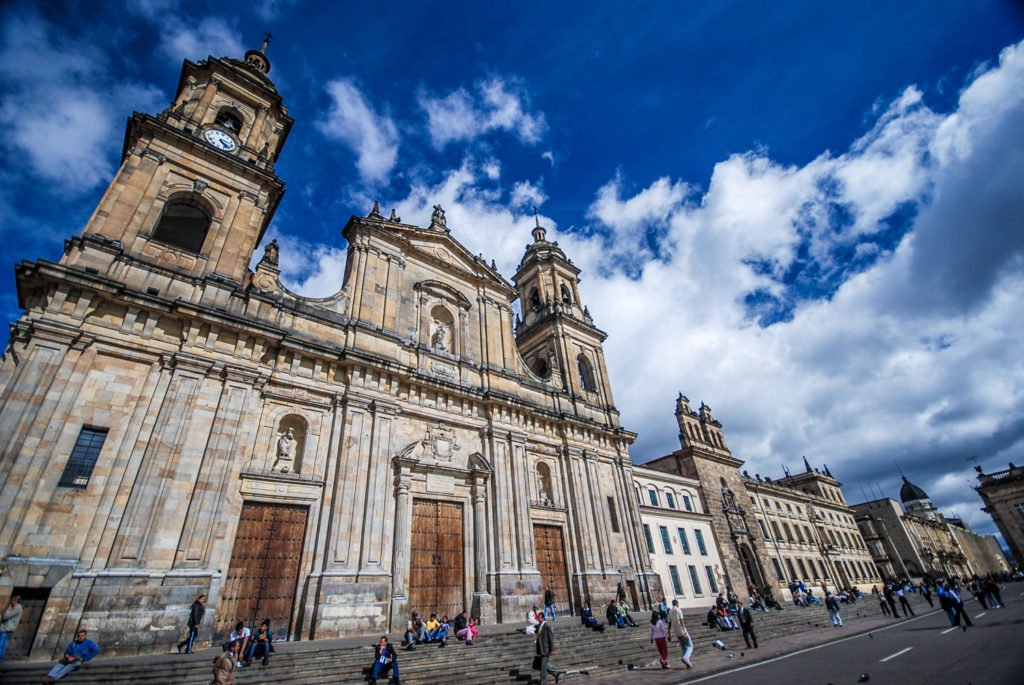Page Menu
Panama Canal
Panama’s unique geography and its potential as an inter-oceanic link considerably shaped its history since the Spanish arrival. In fact, the first written recommendation of a canal dates to 1534.
The Camino Real (Royal Road) was the first European passageway across the isthmus, connecting the fortified cities of Panama and Portobelo.
Next came the Las Cruces cargo trail. After other failed attempts, the Panama Railway was finally completed in 1855. Its success and that of the Suez Canal resurrected the dream of the inter-oceanic Panama canal.
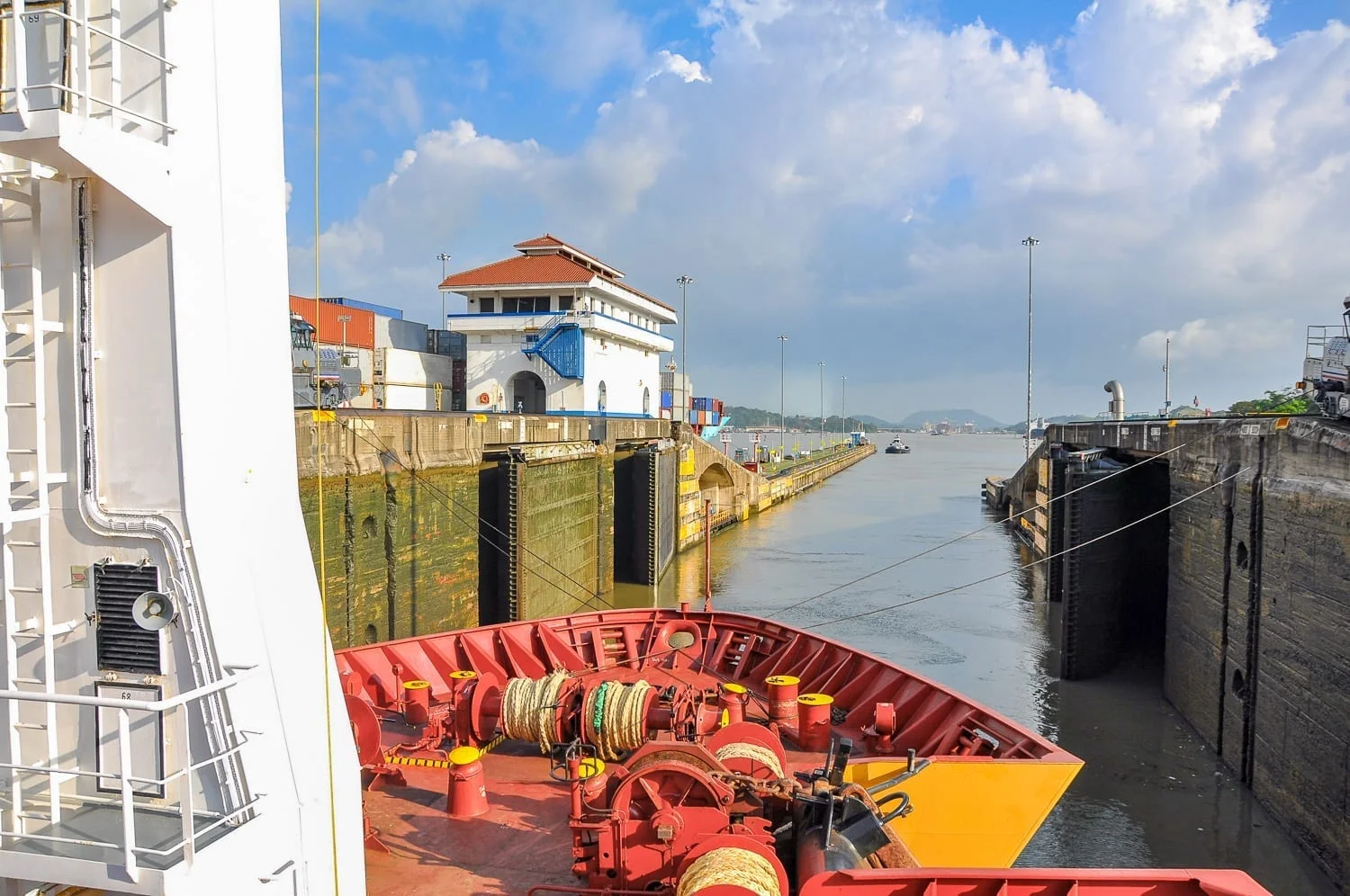
Independence from Colombia
For decades, various governments and trade groups had debated the best location for an inter-isthmian canal. (Another promising location was southern Nicaragua.)
Eventually, in 1890, French interests began construction of a sea-level canal in Panama. Their efforts ultimately failed, at great expense of life and treasure.
After maneuvering to help Panama gain independence from Colombia, the U.S. gained a favorable treaty with the new nation, purchasing the French canal assets in 1904.
US engineers redesigned the project to include a system of three locks: Gatun, Pedro Miguel, and Miraflores.
While the 51-mile canal was completed under-budget in 1914, that cost does not account for the loss of more than 27,500 lives to the project.
The finished product allowed ships sailing from New York to San Francisco to cut the voyage by half—a savings of over 8,000 miles.
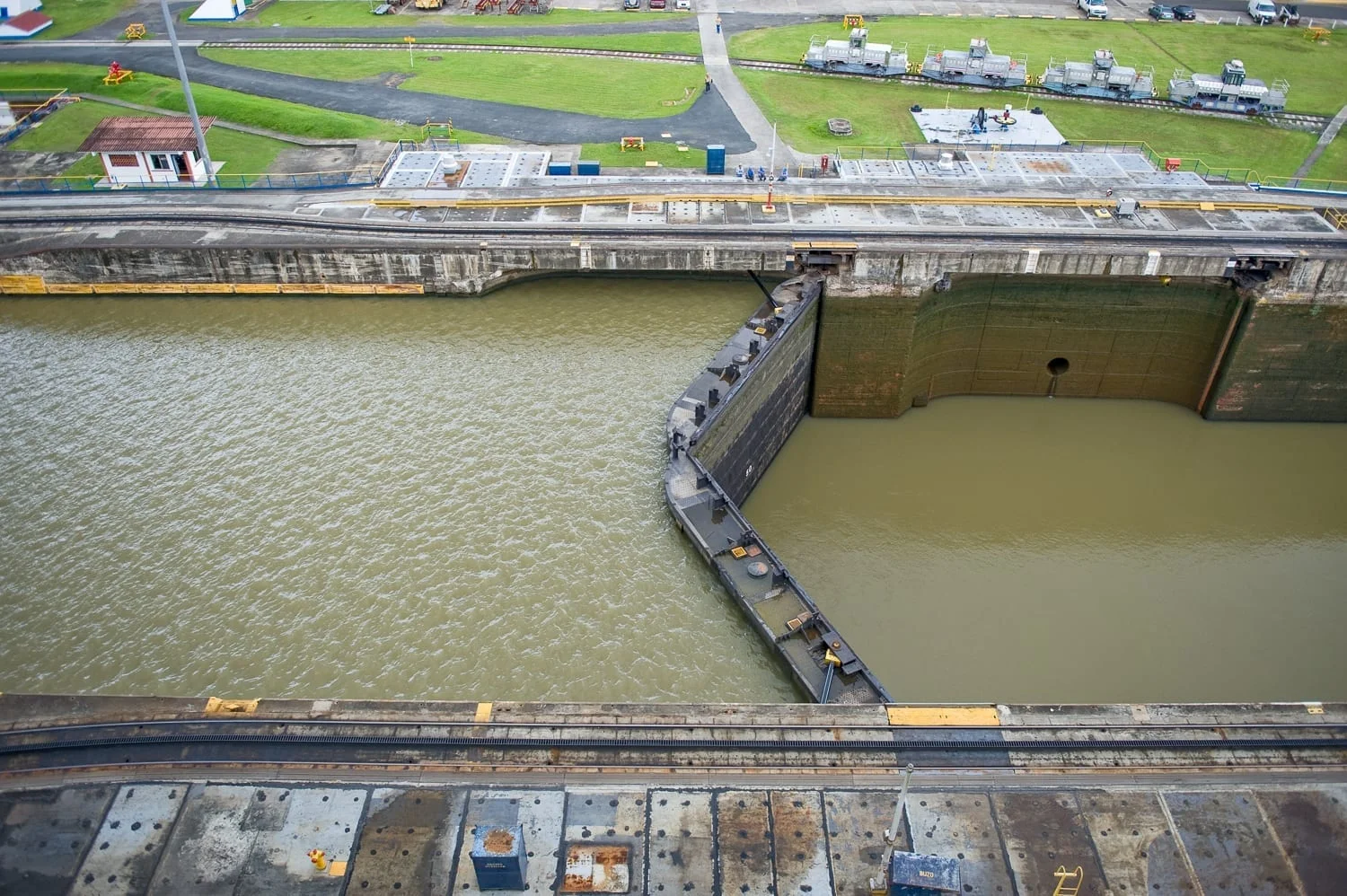
Modern Engineering Marvel & Important Economic Engine
The Panama canal is an engineering marvel and one of Panama’s most important economic engines—it generates hundreds of millions of dollars in tolls and fees each year.
These fees are reportedly used to subsidize education and infrastructure projects around the country. The canal was expanded with additional lanes in 2016, allowing larger ships to transit the isthmus.
Today, an estimated 79% of cargo carrying vessels can pass through the canal, up from 45% before the expansion.
The Miraflores Locks are located just a few miles northeast of Panama City. At the visitors’ center, a balcony restaurant offers diners an elevated view of ships in transit.
Passage through the locks takes about an hour. The visitors’ center also displays a collection of artifacts from the canal’s construction, and a film documenting the original project and the expansion.
Full-day (ten-hour) or half-day (five-hour) canal transit tours are also available, either in group basis or by private charter.
What to do in The Panama Canal
- Ship watching
- Dining with canal views
- Museum visits
- Canal transit tours
- Railway journeys
What is the Weather Like?
Panama City is warm year-round, with average highs in the upper 80s and lows near 75°F. Rain is most common from May to November, with October typically the wettest month. The dry season, December through March, brings steady sunshine and clearer skies.
Getting There
Panama City is served by Tocumen International Airport (PTY), the region’s primary hub, located about 40 minutes from downtown. Albrook (Marcos A. Gelabert) Airport, just 15 minutes from the city center, offers domestic connections to more than a dozen destinations, with flight times under one hour.
Start your journey today
LANDED delivers the finest in custom, private travel to Central America, South America, and Antarctica. These regions are our passion; we know them first-hand and by heart. Speak with one of our travel designers and let us create a tailored itinerary for you in Panamá.
How to combine The Panamá Canal
Have some extra time? Here are some options for you to combine with.

